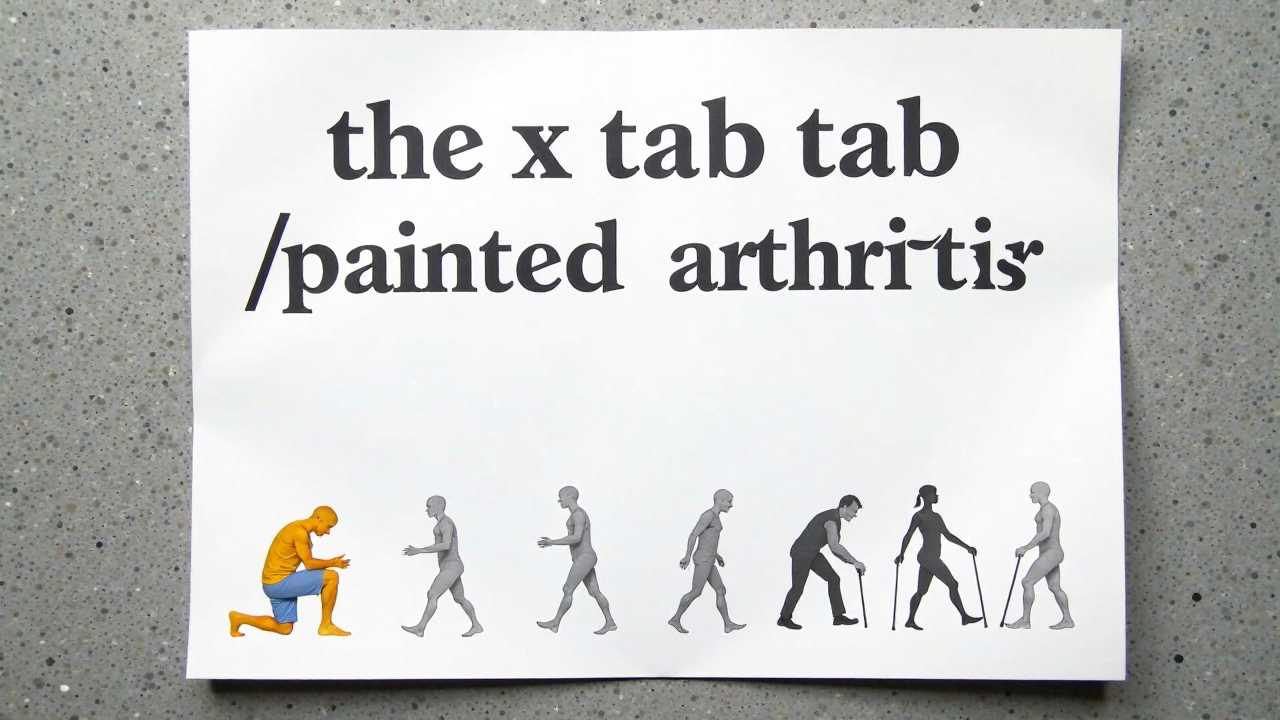
Understanding Arthritis Pain Management
Arthritis pain management is a multifaceted approach aimed at alleviating discomfort and improving the quality of life for those affected by arthritis. This chronic condition affects millions worldwide, leading to inflammation, stiffness, and pain in the joints. To effectively manage arthritis pain, we must focus on several key elements, including joint health, mobility enhancement, and rehabilitation techniques.
Strategies for Joint Health
Maintaining optimal joint health is paramount in managing arthritis pain. A well-rounded approach includes a combination of lifestyle changes, dietary adjustments, and physical activity.
Regular Exercise: Engaging in low-impact exercises such as swimming, cycling, and walking can significantly improve joint function and reduce stiffness. Strength training is also beneficial, as it helps to build muscle around the joints, providing additional support.
Nutrition: A balanced diet rich in anti-inflammatory foods can help combat arthritis symptoms. Incorporating omega-3 fatty acids found in fish, nuts, and seeds, along with antioxidants from fruits and vegetables, can promote joint health.
Weight Management: Maintaining a healthy weight is crucial for reducing stress on weight-bearing joints. Losing even a small amount of weight can lead to significant improvements in pain levels and mobility.
Mobility Enhancement Techniques
Mobility enhancement is a vital aspect of arthritis pain management. Improving mobility can lead to increased independence and a better overall quality of life.
Physical Therapy: Working with a physical therapist can provide tailored exercises that focus on improving flexibility, strength, and balance. These professionals can also educate patients on proper body mechanics to prevent further injury.
Assistive Devices: Utilizing orthotic devices, such as braces or shoe inserts, can help alleviate pressure on affected joints and improve alignment. These devices can be particularly beneficial for individuals with knee or hip arthritis.
Adaptive Techniques: Learning adaptive techniques for daily activities can help maintain independence. Simple modifications, such as using grab bars in the bathroom or choosing ergonomic tools for cooking, can make a significant difference.
Surgical Interventions for Severe Cases
In cases where conservative measures fail to provide relief, surgical interventions may be necessary. These procedures can range from minimally invasive arthroscopic surgeries to more extensive joint replacements.
Arthroscopy: This minimally invasive procedure allows surgeons to visualize and treat joint issues using small incisions. It can be effective for removing loose cartilage or repairing damaged tissues.
Joint Replacement Surgery: For individuals with severe arthritis, joint replacement surgery may be the best option. This procedure involves replacing damaged joints with artificial ones, significantly reducing pain and improving function.
Osteotomy: This surgical procedure involves reshaping bones to relieve pressure on the joints. It is often performed on the knee and can delay the need for joint replacement.
Rehabilitation Techniques for Recovery
Post-surgery or injury rehabilitation is critical for restoring function and preventing future complications. A comprehensive rehabilitation program should include:
Therapeutic Exercises: After surgery, engaging in therapeutic exercises is essential for regaining strength and mobility. These exercises should be guided by a qualified physical therapist to ensure proper technique and prevent injury.
Pain Management Strategies: Utilizing pain relief strategies, such as heat and cold therapy, can help manage discomfort during the recovery process. Non-steroidal anti-inflammatory drugs (NSAIDs) may also be recommended to alleviate pain and inflammation.
Education and Support: Providing education on arthritis management and recovery can empower patients to take an active role in their rehabilitation. Support groups can also offer emotional support and shared experiences, fostering a sense of community.
Effective Pain Relief Strategies
Implementing effective pain relief strategies is essential for managing arthritis pain. These strategies can be tailored to individual needs and may include:
Medication Management: A variety of medications are available to manage arthritis pain, including NSAIDs, corticosteroids, and disease-modifying antirheumatic drugs (DMARDs). Consulting with a healthcare provider can help determine the most appropriate medication regimen.
Alternative Therapies: Many individuals find relief through alternative therapies such as acupuncture, massage, or yoga. These therapies can promote relaxation and reduce tension in the muscles surrounding the joints.
Mind-Body Techniques: Incorporating mind-body techniques, such as mindfulness meditation and deep breathing exercises, can help manage pain perception and improve overall well-being.
Mastering arthritis pain management requires a comprehensive approach that addresses joint health, mobility enhancement, surgical interventions, rehabilitation techniques, and effective pain relief strategies. By focusing on these key areas, individuals can take control of their arthritis symptoms and improve their quality of life. Whether through lifestyle changes, medical interventions, or supportive therapies, there are numerous options available to help manage arthritis pain effectively.
 Mobility trainingHome Fitness RecoverySports Injury PreventionPersonal Physical TherapyOrthopedic SolutionsPrivacy PolicyTerms And Conditions
Mobility trainingHome Fitness RecoverySports Injury PreventionPersonal Physical TherapyOrthopedic SolutionsPrivacy PolicyTerms And Conditions
